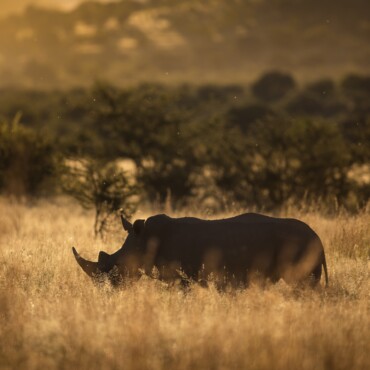Namibia's Conservation Success
Namibia has had considerable success in its conservation efforts and is the envy of many other African countries in protecting and managing its wildlife and natural habitat. After gaining independence in 1990, Namibia became the first country in Africa to incorporate environmental protection into its constitution.
Article 95 of the Namibian Constitution states, “The State shall actively promote and maintain the welfare of the people by adopting international policies aimed at the following: maintenance of ecosystems, essential ecological processes, and biological diversity of Namibia, and utilisation of living natural resources on a sustainable basis for the benefit of all Namibians, both present and future”. Essentially this law enabled communities the right to manage and benefit from their own natural resources. A sense of ownership over wildlife and other natural resources has encouraged local communities to use their resources sustainably.
Wildlife is now embraced as a complimentary land use method to agriculture and livestock herding. Communal conservancies are self-governing, democratic entities run by their members, with fixed boundaries agreed with adjacent conservancies, communities or landowners. There are now a total of 86 registered fully functioning conservancies in Namibia. Profits from the conservancies are pooled together and used for the benefit of the local community. For example, the money can be used for building schools, day-care facilities or clinics.
By the end of 2019, more than 45% of Namibia’s land was under conservation management. This land includes national parks and reserves, communal and commercial conservancies, private nature reserves and community forests. In 1998 shortly after the Conservancy initiative was introduced, the total cash income and in-kind benefits generated grew from less than N$ 1 million to over N$ 150 million in 2019.
Remarkable wildlife recoveries have taken place due to efforts by the Namibian Government. Namibia now boasts the largest free-roaming population of black rhinos and cheetahs globally and is the only country with an expanding population of free-roaming lions. In addition, Namibia’s elephant population doubled between 1995 and 2008 from 7,500 to over 16,000 individuals.
This remarkable turnaround has led some to call Namibia’s conservation efforts the most notable African wildlife recovery story over told. Conservation is the cornerstone of the Namibian travel experience.


